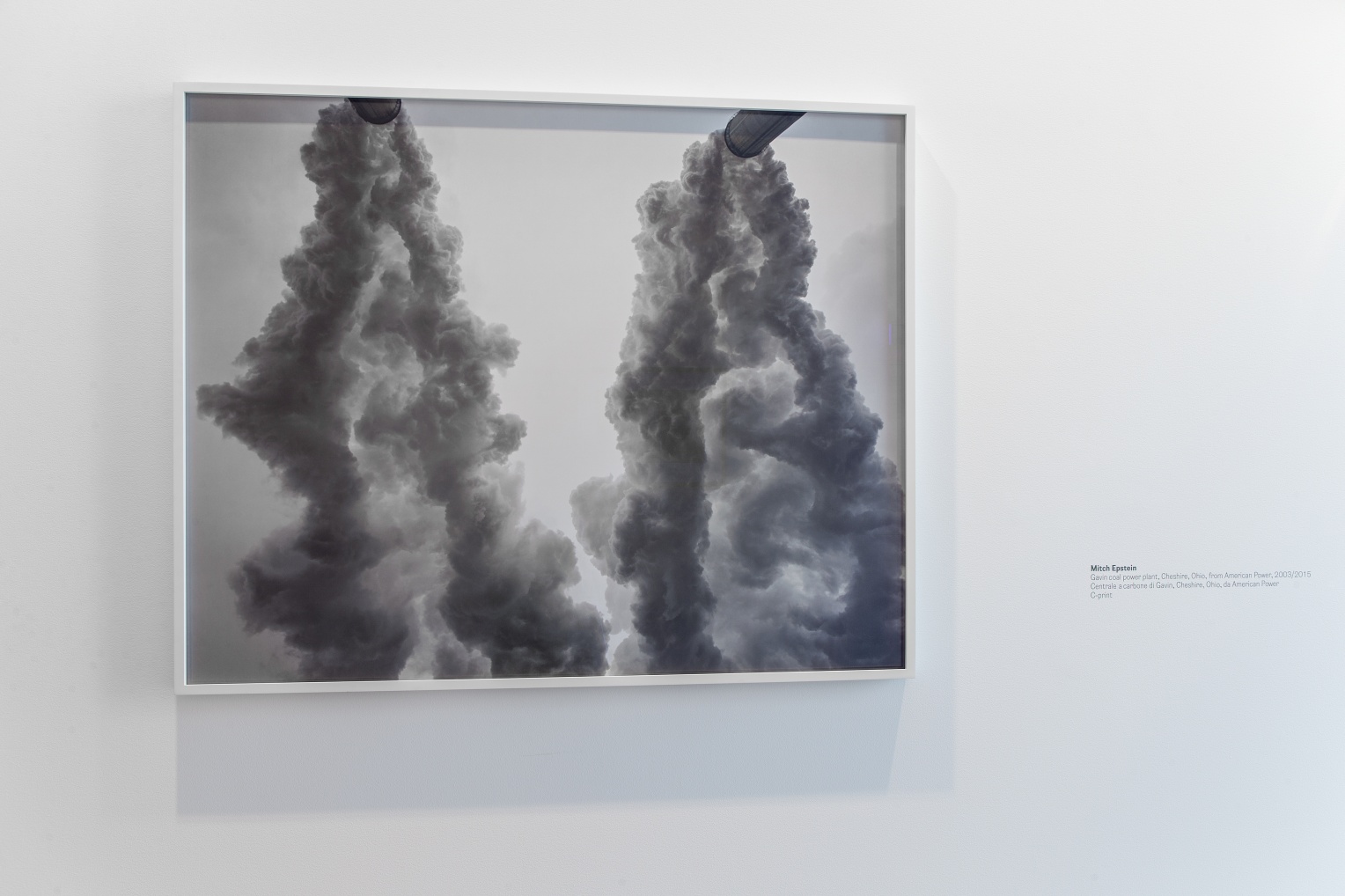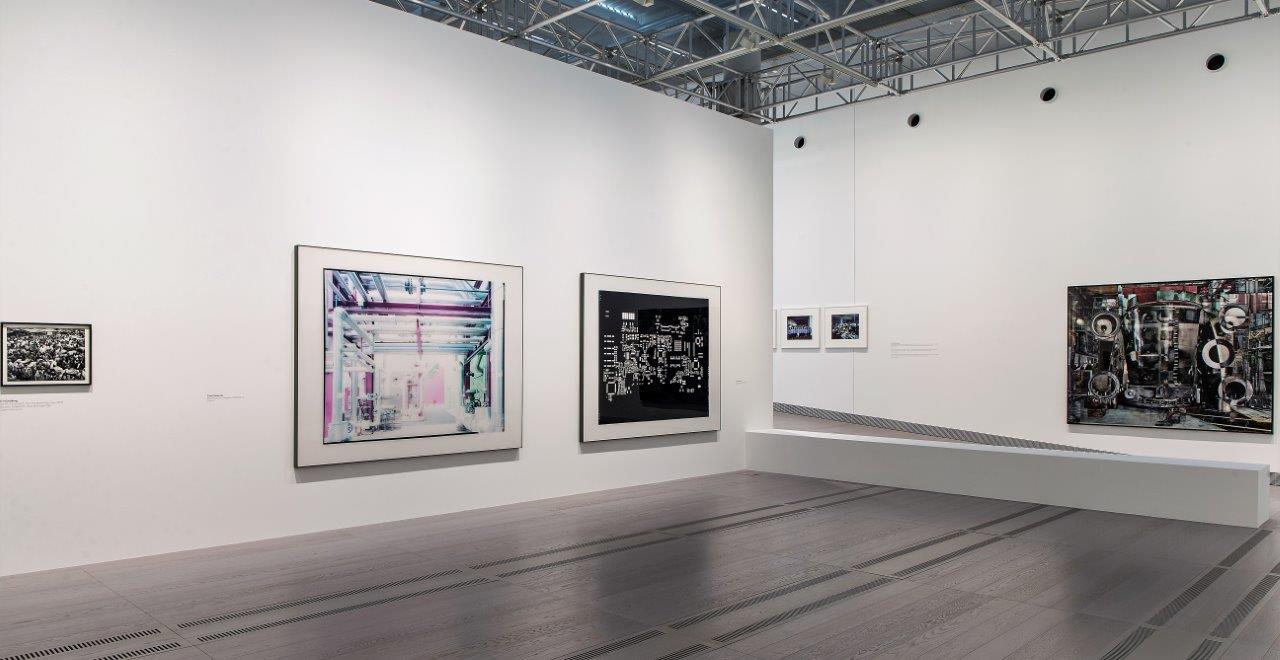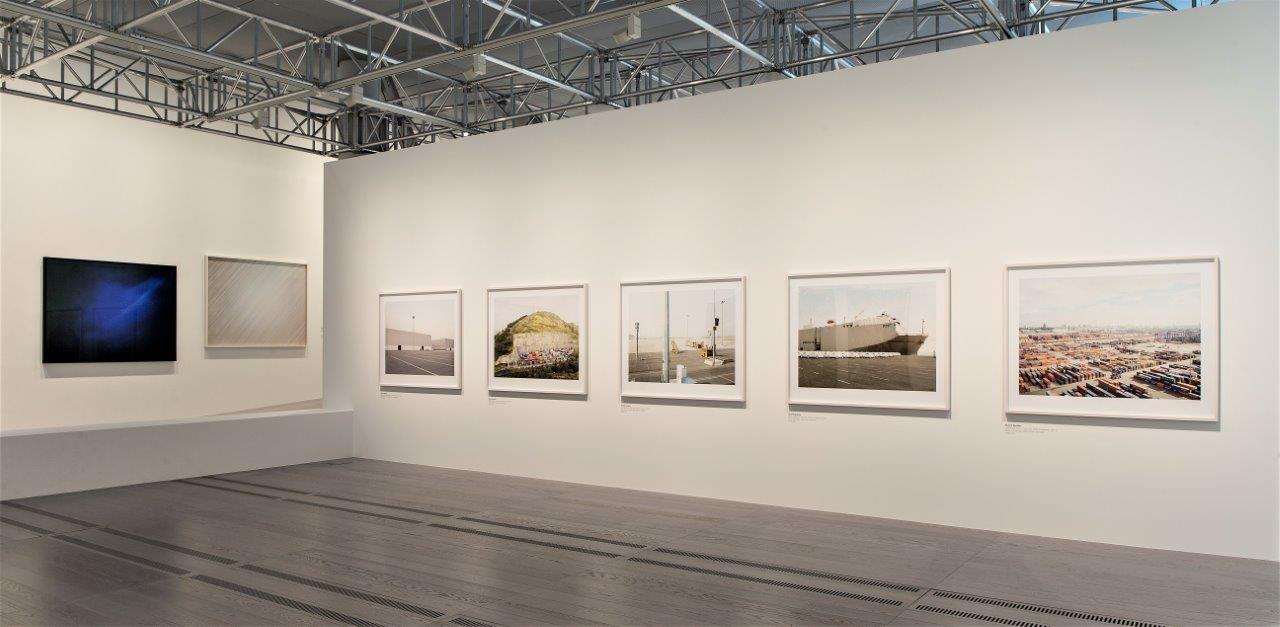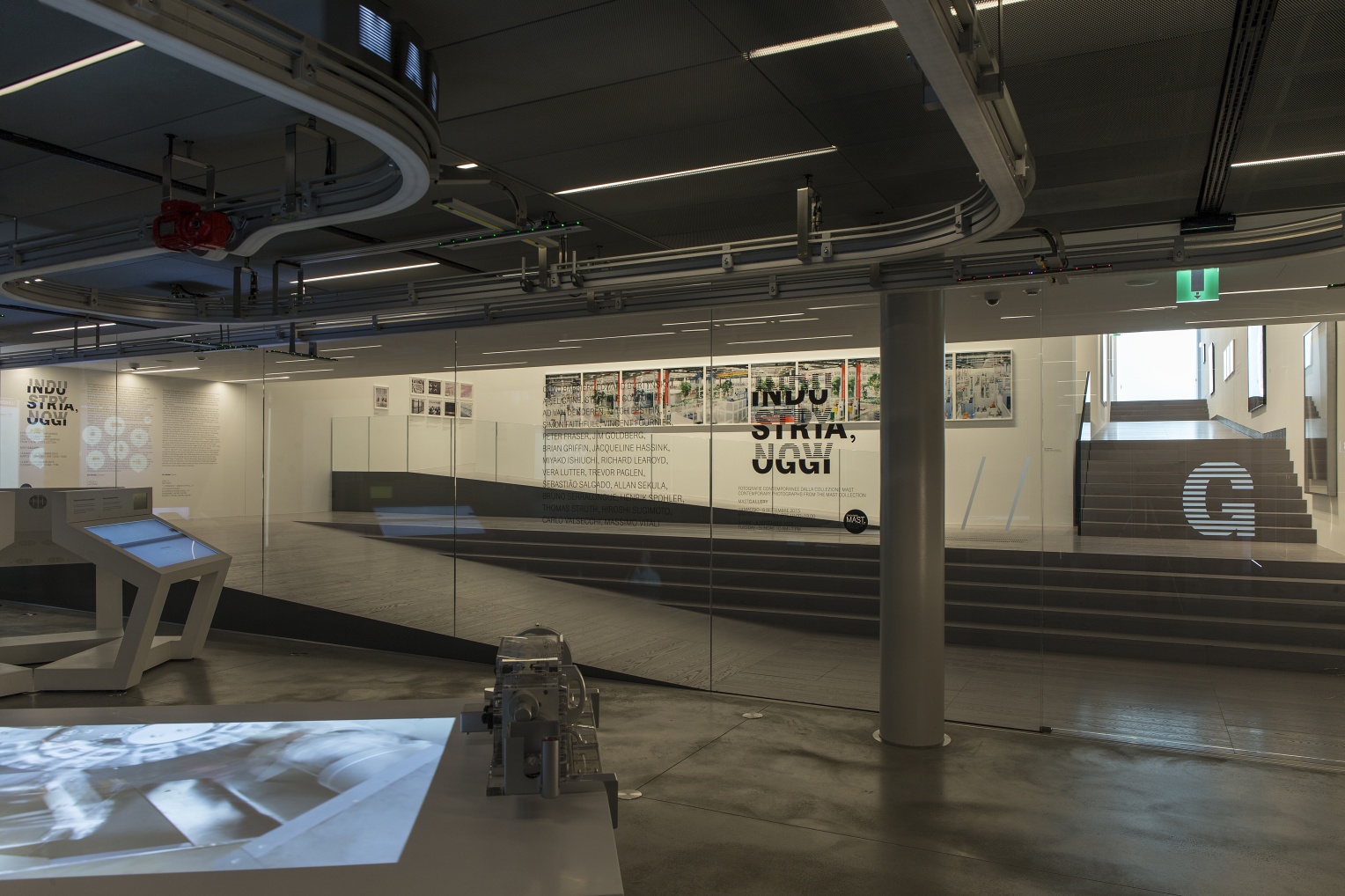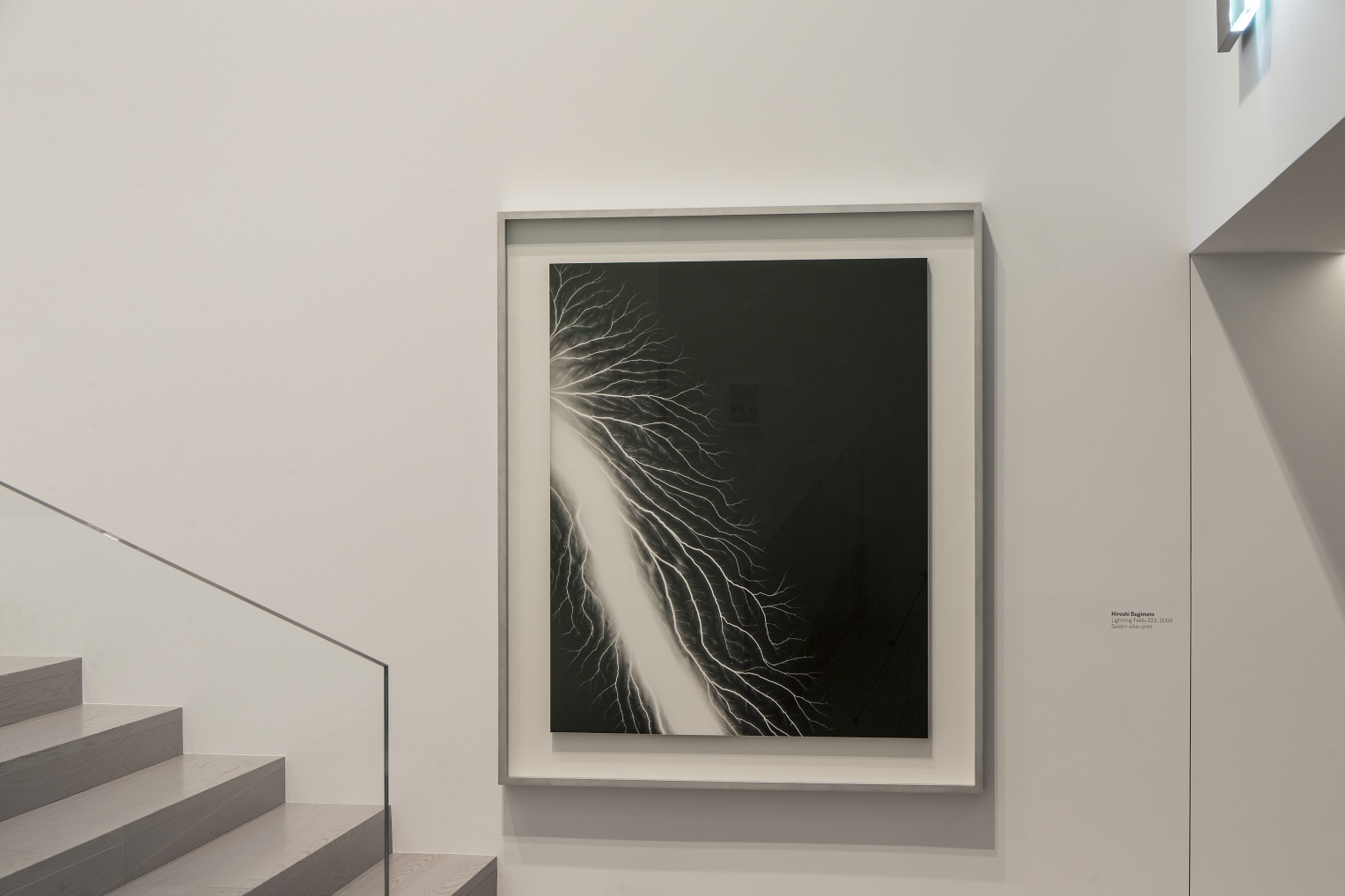With works by Olivo Barbieri, Brian Griffin, Ed Burtinsky, Bruno Serralongue, Ariel Caine, Vincent Fournier, Peter Fraser, Jim Goldberg, Jacqueline Hassink, Miyako Ishiuchi, Henrik Spohler, Stephane Couturier, Richard Learoyd, Vera Lutter, Mitch Epstein, Trevor Paglen, Sebastião Salgado, Hiroshi Sugimoto, Carlo Valsecchi, Ad van Denderen and Massimo Vitali
14 May – 15 September 2015, 9h / MAST Foundation, Bologna
Industry Now
Contemporary Photographs from the MAST Collection of Industrial Photographs
Photo: Rocco Casaluci
In INDUSTRIE NOW, MAST presents contemporary industries in contemporary photographs by 23 artists and photographers, exploring the questions posed by their pictorial representation in the current industrial landscape.
Industrial photography in the classical sense was interesting until the sixties and seventies of the last century. Until then, the view camera, the tripod, large headlights and flash systems, elaborate preparations and a sophisticated retouching technique on both the negative and the positive determined the strikingly sharp, precise image of the industry. This was the order situation for the industrial photographer. Large industries had their own departments with photographers, retouchers and lithographers for the production of the most perfect photographic communication and documentation possible.
In the course of the streamlining of the companies, the change of ownership, the stricter cost control not only the visual history of many companies was thrown away by the ton in the last three decades, but picture orders were given internally to amateur photo clubs and externally to fast shooting small picture photographers. With the result of a visible deterioration, even dilution, of industrial photography. The pride of industrial photography, the highly-present presentation of machines, architecture, production processes and products, disappeared for a while. The increasing invisibility of the production world as a result of technologization, digitization, and the relocation of heavy industries to distant low-wage countries exacerbated this situation.
But the industries continued to produce, they developed, shifted, accelerated. Today they work with new materials, new electronic controls, new production processes and even the use of 3D printers. If we take a look at the entire world, we see pre-industrial, industrial and post-industrial societies at the same time, depending on the region and culture. While in Europe, in the emerging service society, we only seem to develop and control industries and live from their results, elsewhere we continue to produce intensively. However, the impact of production on society has not diminished. Today we no longer owe the fact that we can continue to look at informative, thoughtful images of industrial production to the company's own photographers, because they hardly exist any more, but to the artists, the particularly attentive, often conceptually thinking photographers. It is thanks to their involvement with industrial processes, the relationship between industry and society, their questions about power relations and the influence on nature and mankind that we continue to receive enlightening images from the vast, enormous productive realm.
In "INDUSTRIE NOW", MAST shows contemporary industries in contemporary photographs by 23 artists and photographers. Olivo Barbieri, for example, illustrates in his seven-meter-long photograph of a Ferrari production hall how radiantly white and with large green "houseplants" the halls are, but also how deserted the halls have become; Henrik Spohler and Vincent Fournier lead us through an increasingly invisible world of data and production, in which signs help us to orient ourselves. Carlo Valsecchi photographs contemporary productions such as the autonomous sculptures of an "industrial fiction". Trevor Paglen seems to have dedicated himself to pure sky photography, if it weren't for the many white stripes that indicate satellite orbits and high-tech military surveillance. In the photograph "Tokamak Asdex Upgrade Interior 2", Thomas Struth deals with high-tech research at the Max Planck Institute. While Vera Lutter in her dark pinhole camera images continues to dedicate herself to the heaviness and power of industrial plants, Miyako Ishiuchi photographs centuries-old silk production in Japan.
Even in postmodern, postindustrial, high-tech times, the possession and use of means of production and know-how create different social unevenness. Jacqueline Hassink, Allan Sekula and Bruno Serralongue deal with these social and societal questions and differences, while Ad van Denderen and Jim Goldberg counter the empty, white factories with the colorful, sluggish streams of migration. Ed Burtinsky shows where and how the large transport ships are recycled, while Sebastião Salgado's photograph reminds us that, in addition to robot productions, there are still counterparts in the world in which labor is a major factor.
Translated with www.DeepL.com/Translator


